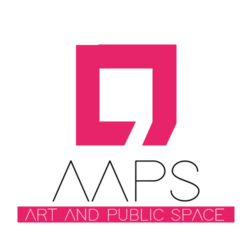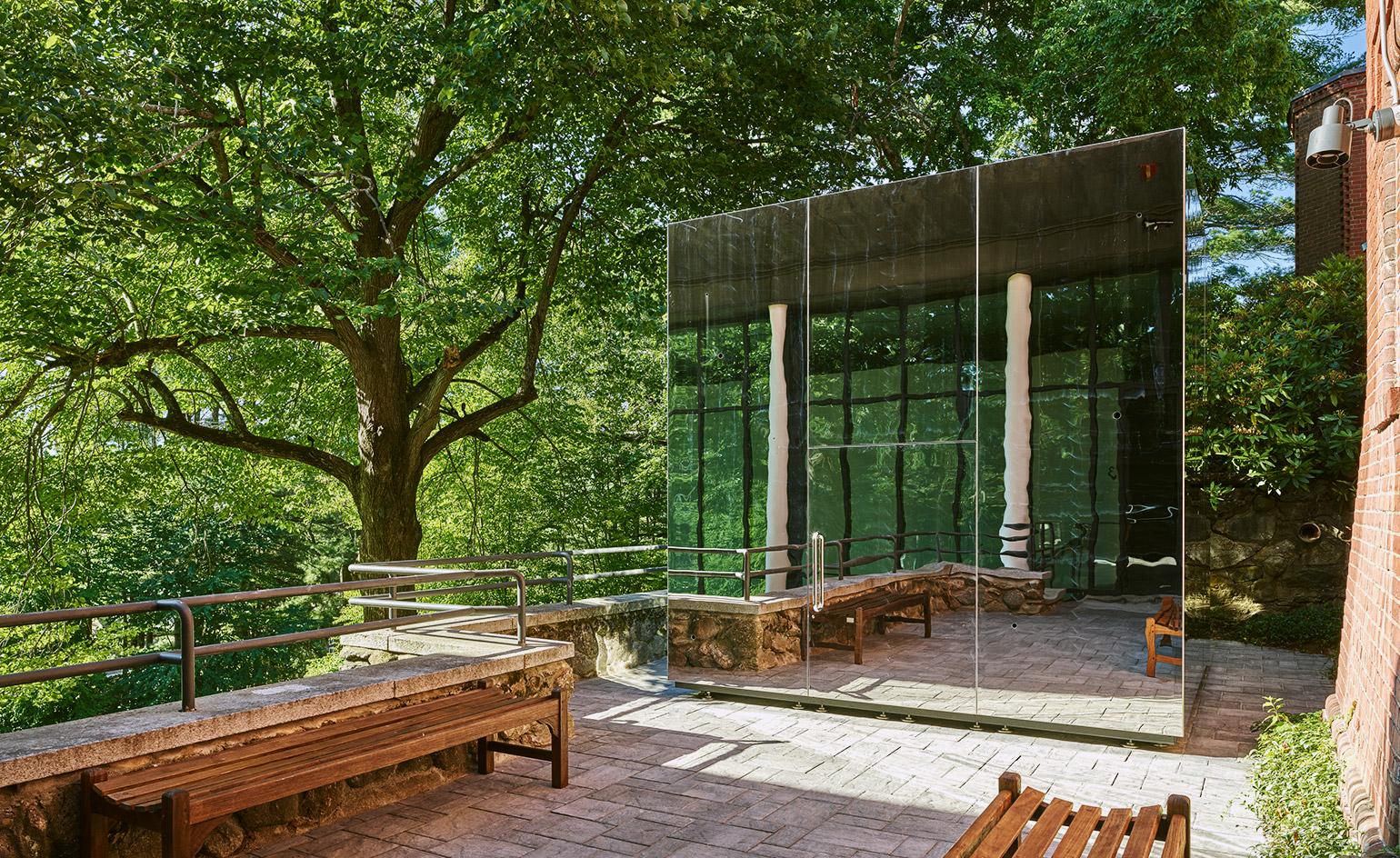Thirty-nine years ago, the artist and writer Robert Morris posed a salient question: “If there is such a thing as public art, what then is private art?” It remains a key issue as art in the public realm takes on an ever more significant role in our urban parks, plazas and avenue medians.
With outdoor sculpture, the private act of looking converges with public habit. Public art is a communal activity; its reach can be powerful for communities and neighborhoods. Artists realize a democratic ideal in outdoor settings that are free to all viewers.
But public art can sometimes draw dissenters. In 1989, Richard Serra’s “Tilted Arc” was removed from Federal Plaza in Lower Manhattan after protracted hearings. More recently, three outsize lanterns installed in front of a Denver jail were decried as a misappropriation of public funds. A bright pink figurative sculpture planned for Long Island City, Queens, has elicited controversy over color, form, scale and cost. And last week, a work by the artist Anish Kapoor on view outdoors at Versailles was vandalized with yellow spray paint.
Undistinguished work warrants critical drubbing; strong work is a catalyst for dialogue. Isn’t it the presenting organization’s role to stimulate that conversation? Doesn’t diverse opinion fulfill the ambitions of a democracy?
This spring, several neighbors of Madison Square Park in Manhattan voiced concern that the current sculpture on view — six golden, luminous canopies by a New York artist, Teresita Fernández — would block sunlight on some of the park’s pathways. Camera crews from local media arrived to elicit opinion. Parkgoers instinctively knew and communicated loud and clear that Ms. Fernández’s work was profound, that sunlight poured through the piece and that, in projects like this, we are experiencing courageous examples of significant contemporary art.
The public role in public art is essential to the artist. People enliven a work, are inspired and intrigued, motivated and provoked. Public art is the locus of some of the most innovative practice in the field today.


